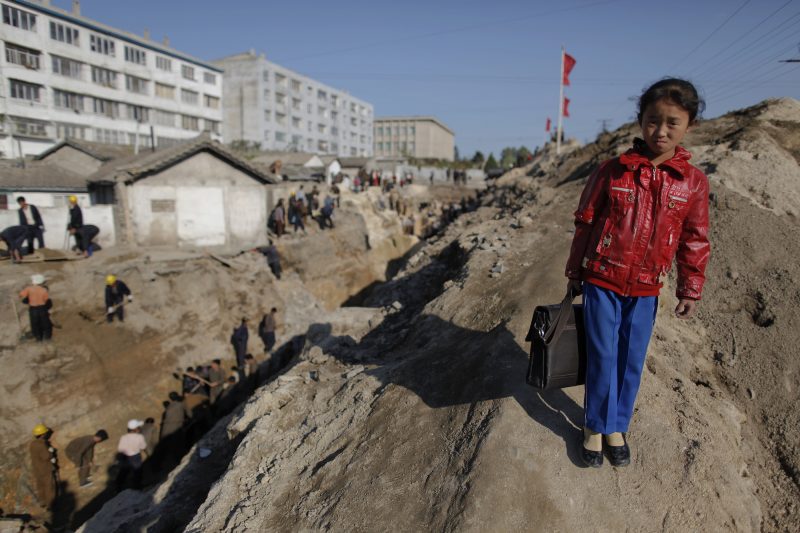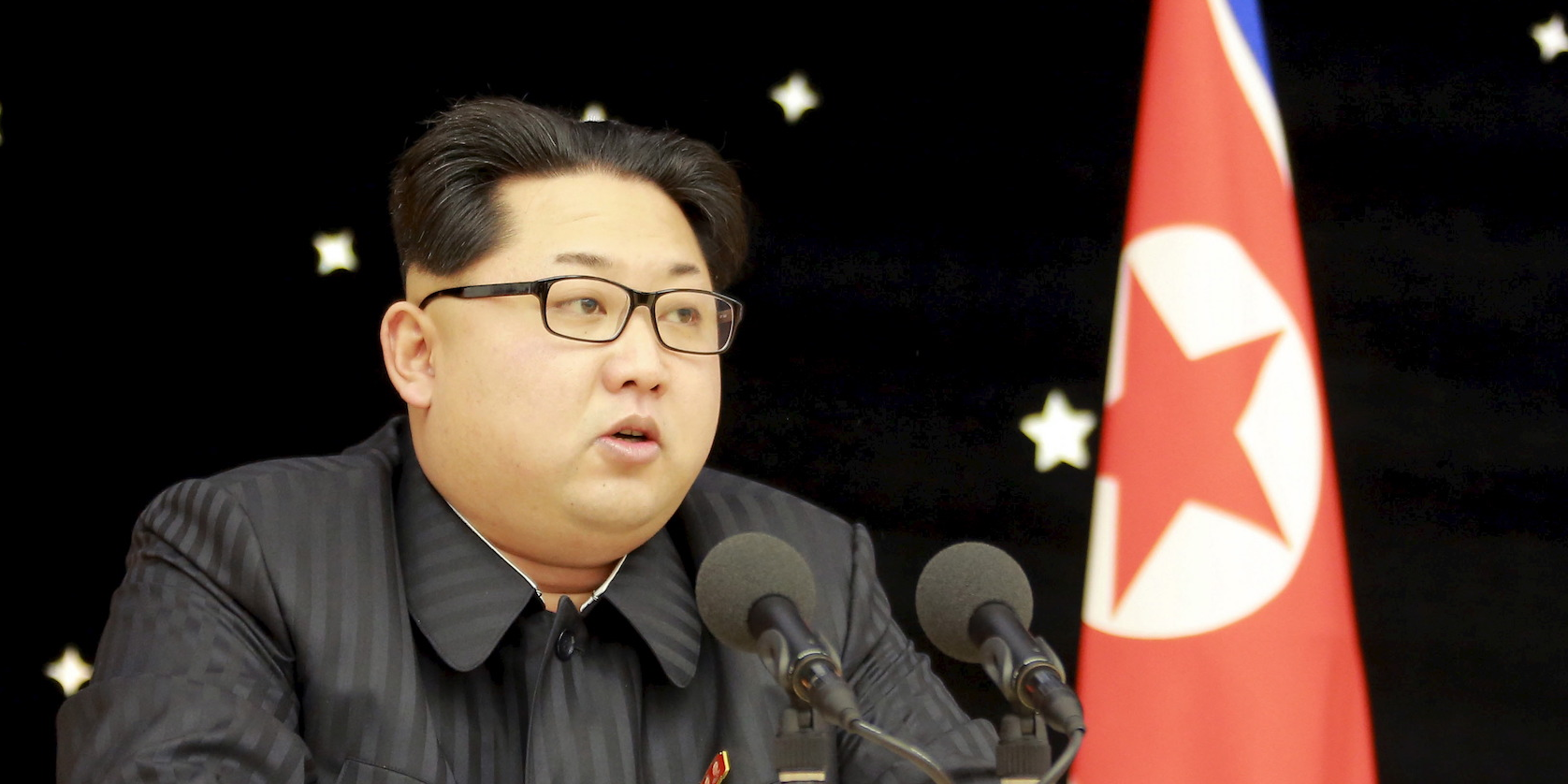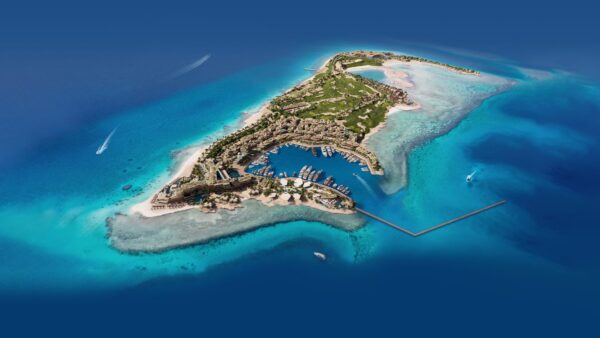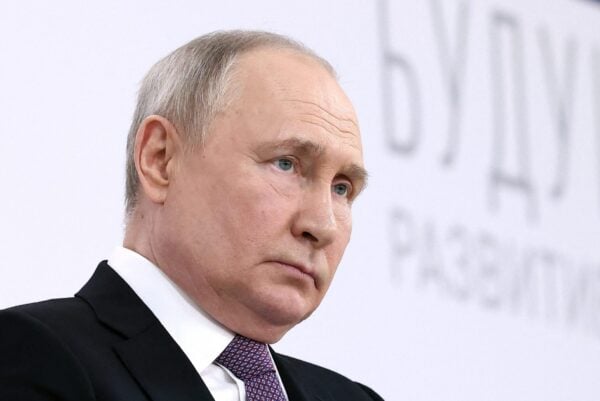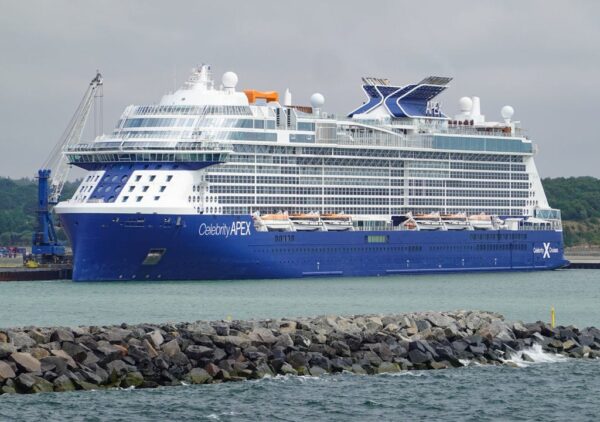- As North Korean leader Kim Jong Un meets with President Donald Trump for a summit in Hanoi, Vietnam, all eyes are on the Hermit Kingdom – one of the most closed-off places in the world.
- Propaganda runs rampant and presents a very different outlook on day-to-day life for North Koreans.
- But much of the country lives in poverty, thousands of people are held as political prisoners, and the government controls most aspects of life.
North Korean leader Kim Jong Un keeps a close watch over the media in his country, controlling much of what citizens know of the outside world, and vice versa.
Though Kim has fought to present the Hermit Kingdom to the world as a bastion of military might, nuclear power, and anti-West sentiment, the reality of daily life is grim.
Much of the country lives in poverty, tens of thousands of people are held as political prisoners, and the government tightly controls most aspects of life.
Here’s what Kim’s North Korea really looks like:
Day-to-day life in North Korea can be bleak. Sanctions put in place to punish the nation for its nuclear weapons tests have crippled the economy.

Source: Business Insider
The Hermit Kingdom, one of the most closed-off places in the world, has experienced increasingly severe food shortages in recent years.

Source: Business Insider
Childhood in North Korea can be difficult. Many children in rural areas have to work on farms, and forced labor drives much of the country's economic output.

Sources: Business Insider, Human Rights Watch
Malnutrition affects a shocking number of North Korean children — roughly 28% of kids under 5 have stunted growth.
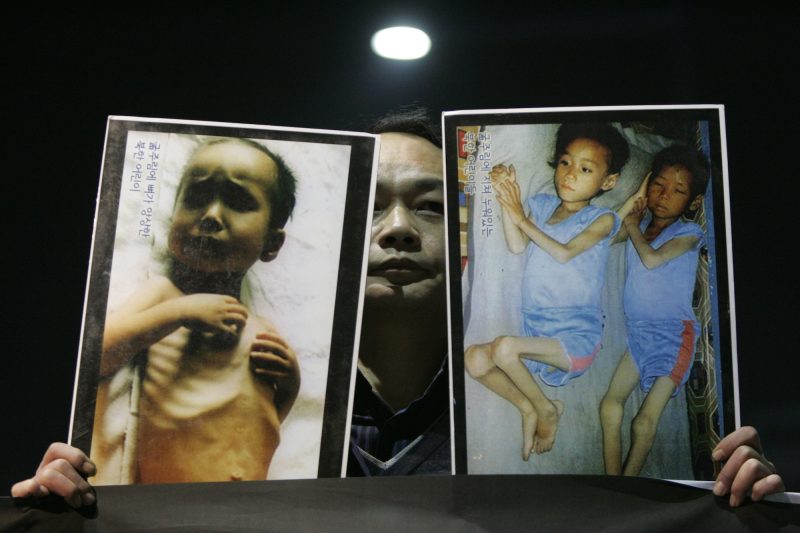
Source: New York Times
Poverty and hunger are most acute in North Korea's countryside. An estimated 41% of the population, or 10.5 million people, are believed to be undernourished.
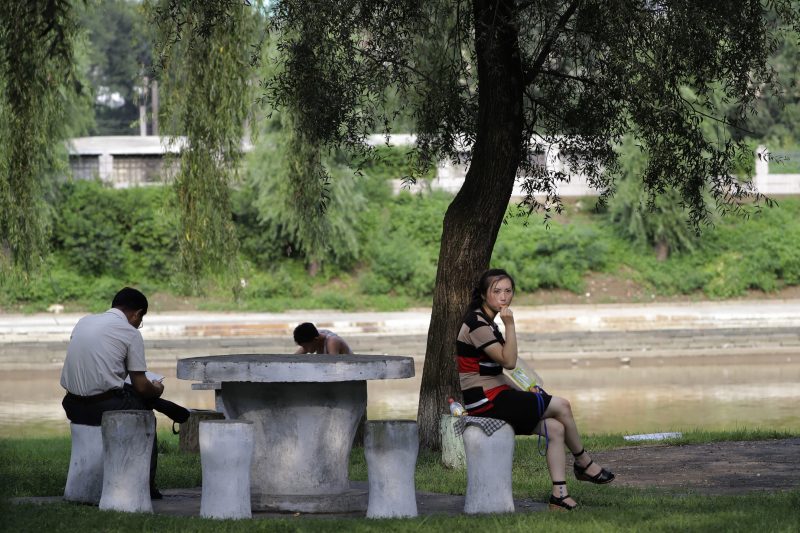
Sources: Business Insider, New York Times
Xiaolu Chu, a Getty photographer who traveled through North Korea by train in 2015, said he noticed scores of people in rural villages begging for money. He shared some of his photos with Business Insider.

"There are nearly no fat people in North Korea," Chu told Business Insider. "Everyone looks very thin."
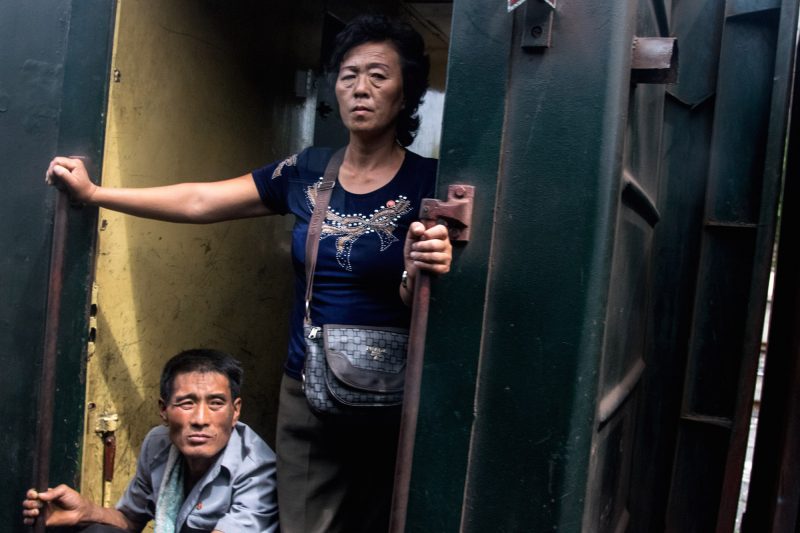
But even North Koreans in cities face poor living conditions. Many live in densely packed high-rise apartments and often experience electricity shortages and elevator breakdowns.

Source: Business Insider
And there's not much access to the internet — people make do with a closed-off computer network system accessible in only a handful of places, like this library in Pyongyang.

Source: BBC
But there are some signs that even despite the slew of economic sanctions on North Korea, its economy is beginning to stabilize, and market forces are taking hold. A number of North Korean defectors and recent visitors told The Wall Street Journal that factories in the country are expanding their output and living conditions in certain areas are better than they were.
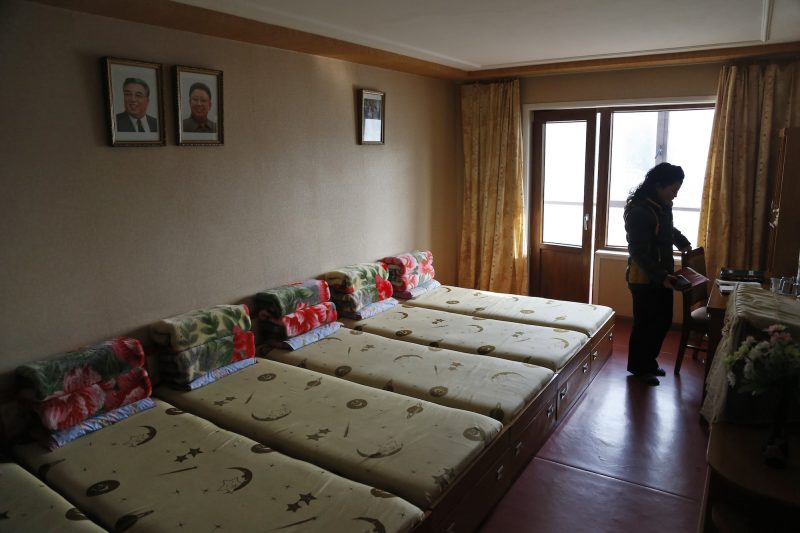
Source: The Wall Street Journal
One of the most telling aspects of North Korean life is its military. The country's leader, Kim Jong Un, loves to show off its military might, holding flashy parades and distributing propaganda photos of vast armies of marching soldiers.
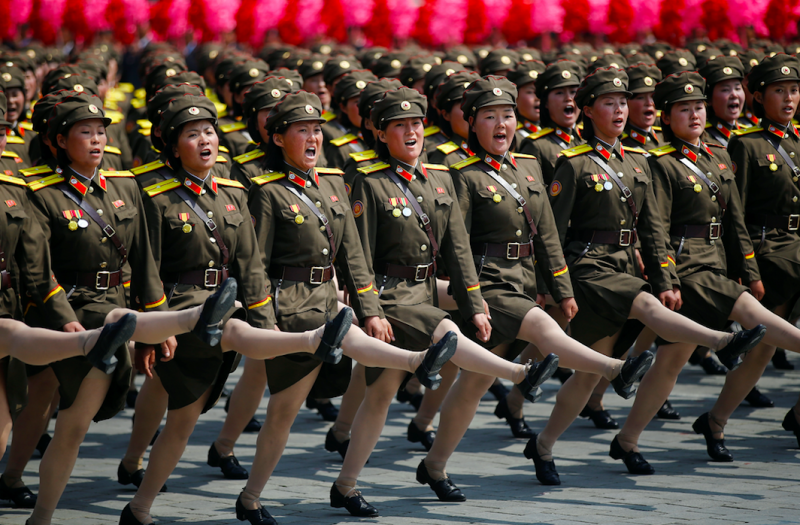
But it's rarer to capture photos that show the flipside of military life. North Korean soldiers are often malnourished or ill because of rigorous training and a lack of food.

As one soldier defected in 2017, others shot him five times. Surgeons in South Korea then made a shocking discovery as they rushed to treat his wounds: He was riddled with parasites.
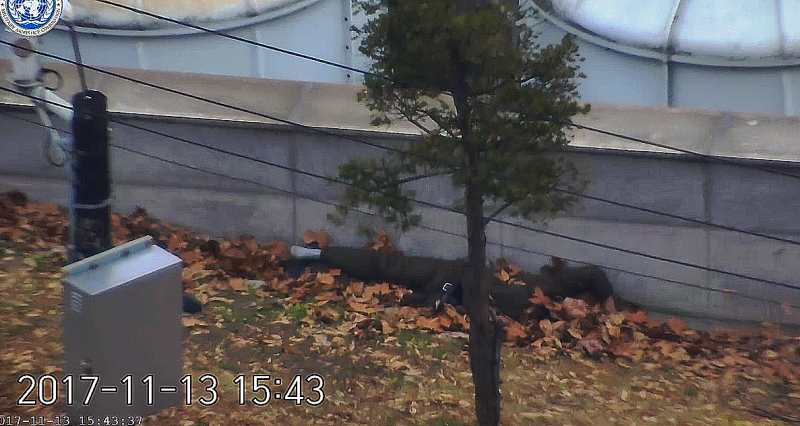
Source: Business Insider
The parasitic worms, some of which were 11 inches long, illustrate the poor conditions in North Korea. The country still uses human excrement to fertilize its crops, a practice that can spread parasites.
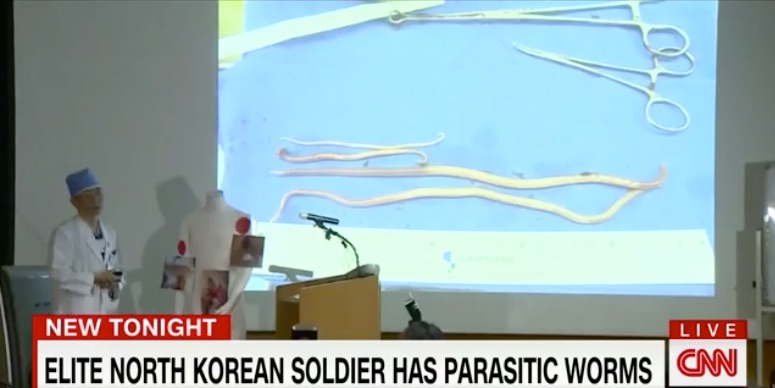
Sources: New York Times, Business Insider
Defections aren't uncommon, though the number of people who did so dropped by 21% last year, to 1,127.

Source: Quartz
South Korea attributes the falling number in part to tighter border security. North Korean soldiers are ruthless when they see people escaping — here are bullet holes from when they tried to shoot a defector in November.

Another disturbing aspect of life in North Korea is the country's notorious prison camps, where citizens — some of whom were found to have committed minor infractions that wouldn't be considered crimes in other countries — can face appalling conditions.

Source: Washington Post
Prisoners in these so-called re-education camps are often starved and forced to do hard labor. Some survivors have reported harsh interrogations and even torture. Though there aren't photos of the camps, they're visible on Google Earth.

Source: Washington Post
The regime also keeps a tight control over what information the public can consume. For instance, North Korean propaganda said this week that Kim is a frontrunner for the Nobel Peace Prize, ahead of Kim's summit with President Donald Trump in Hanoi, Vietnam.

Source: Radio Free Asia
The international community has long condemned North Korea's human-rights record. The US too has highlighted victims of especially egregious brutality, like Ji Seong-ho, who attended Trump's State of the Union speech in January 2018.

Source: Business Insider
Ji left his homeland in 2006. He says he crossed thousands of miles on crutches after enduring years of hunger, grievous injuries from falling on train tracks, and torture at the hands of North Korean police.

Source: New York Times
"I understand you still keep those crutches as a reminder of how far you have come," Trump said during his State of the Union speech, adding: "Seong-ho's story is a testament to the yearning of every human soul to live in freedom."

Source: White House
Today, that freedom is far from reality for many still in Kim's North Korea.
